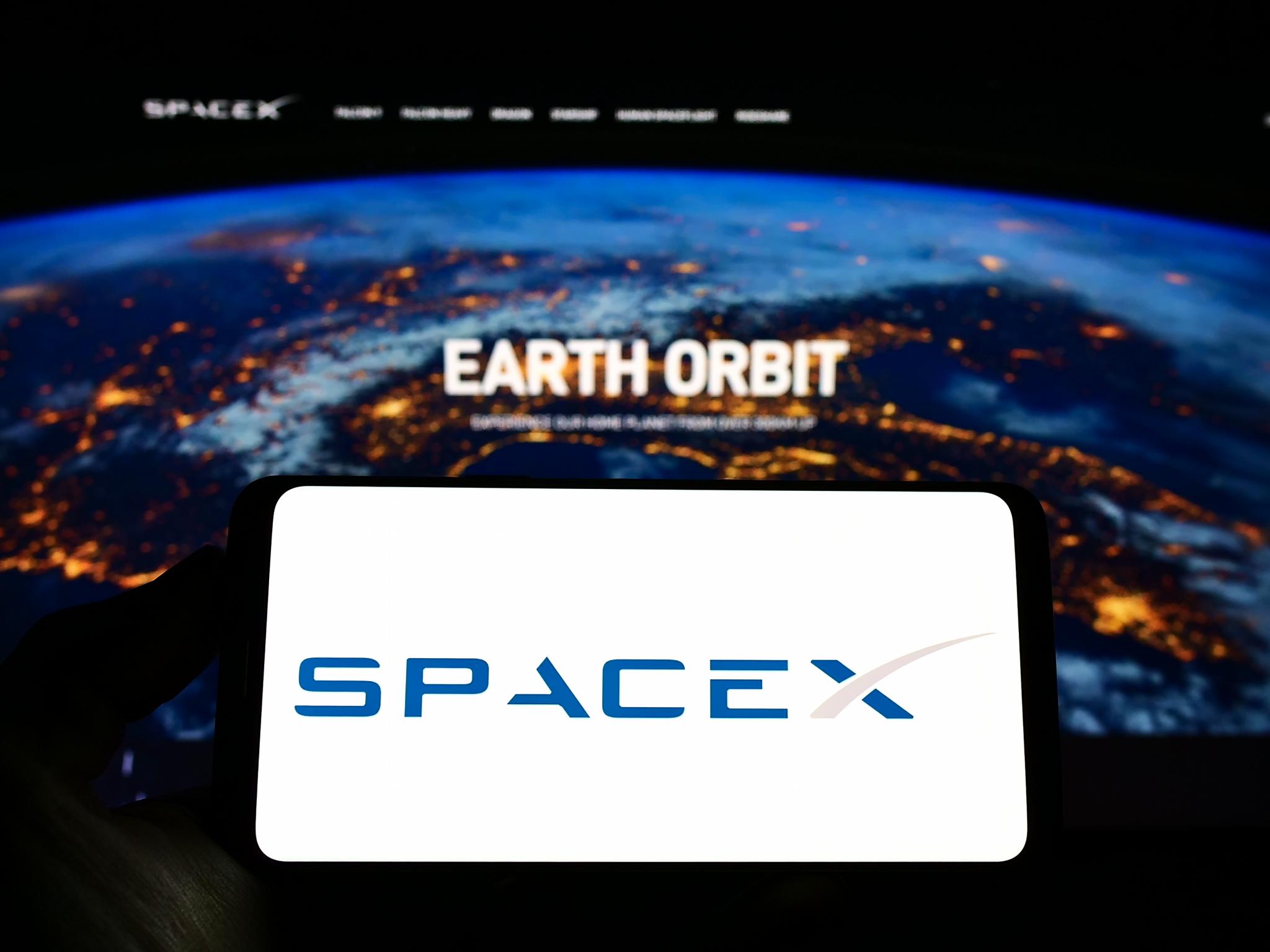
Tesla Inc (NASDAQ: TSLA) CEO Elon Musk-owned SpaceX said on Monday it would launch another 53 Starlink satellites to low-earth orbit from the launch site at the John F. Kennedy Space Center in Florida.
What Happened: SpaceX is targeting Wednesday to launch Falcon 9 — a partially reusable rocket designed to transport people and payloads into Earth orbit and beyond — to launch the satellites into space.
The launch window is at 6:20 a.m. ET with a backup opportunity a day later at 6:38 a.m. ET.
Following stage separation, Falcon 9’s first stage will return to Earth and land on the "A Shortfall of Gravitas" droneship stationed in the Atlantic Ocean.
Starlink’s constellation of satellites beams down high-speed internet services, especially to the most remote areas on earth.
SpaceX is known to have launched over 2,000 Starlink satellites, with plans to increase that number to 4,425 by 2024.
See Also: You Can Now Get Elon Musk's Super-Fast Starlink Internet In These 32 Countries
Why It Matters: Falcon 9 is the world’s first orbital-class reusable rocket. The reusability factor brings down costs significantly as it allows the space agency to refly the most expensive parts of the rocket.
SpaceX plans to fly its fully reusable Starship rocket to orbit in January and eventually aims to replace its existing rockets with it for carrying heavier payloads into orbit.
Musk earlier this year warned employees that SpaceX faces a "genuine risk of bankruptcy" if its Starship is not able to meet a flight rate of at least once every two weeks next year.
SpaceX is also in a race with NASA to land astronauts on Mars. NASA aims to achieve the goal by 2040, while SpaceX is planning to do that at least a decade earlier.







